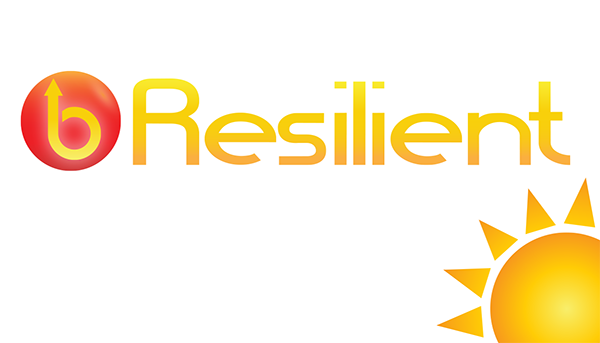
Wendy Vanderlinden
It was time for me to renew my teaching license, and I sat at the computer ready to complete the online requirements, which consisted of reading content and taking quizzes to demonstrate my understanding. As a fast reader, I quickly reached the end of the first section and took the quiz. I passed with 100 percent accuracy, but instead of being able to move immediately to the next section, I was met by this message: “You must spend at least 7 minutes and 30 seconds on this section, and you completed it in 6 minutes and 12 seconds. You must wait until the timer reads 7.30.00 before proceeding to the next section.”
How frustrating! I had demonstrated I knew the material; I had learned what they had determined I needed to know. Yet here I was, having to wait to move on. As I sat at the computer impatiently watching the clock, I wondered how often students feel the same way in our classrooms.
As I waited for the computer timer to catch up with my readiness, I recorded how I felt:
- Frustrated—If I was ready to move on, why couldn’t I?
- Bored—I had nothing meaningful to do while I waited to proceed and watched the clock tick down.
- Angry—Why couldn’t they understand that I was ready to move on? Why did they have to treat everyone who took this module exactly the same?
- Unvalued—Wasn’t my time worth something to them? Didn’t they realize I could do this more quickly? Didn’t my knowledge and ability count for anything?
When students are asked to wait for the rest of the class to “catch up,” they experience many of the same feelings I did that day.
We know it is vital to respect the learning needs of all students, so how can we meet the needs of those who finish early instead of asking them to wait for the rest of the class to finish?
If it’s outside of the literacy block, our students always have the option to read or write.
Within a literacy block using Daily 5, it isn’t an issue at all. And that is the beauty of Daily 5. Students work at their own pace on their own goals doing authentic activities they have chosen.
I eventually finished my online training, and it took me precisely as many minutes as it was “supposed” to, but I didn’t have a great attitude about doing it in that way. To avoid students having those same feelings, we must be intentional about providing meaningful learning opportunities on an ongoing basis. When we provide an opportunity for students to have freedom and flexibility in their learning, we may be surprised at how far they soar.
News From The Daily CAFE






